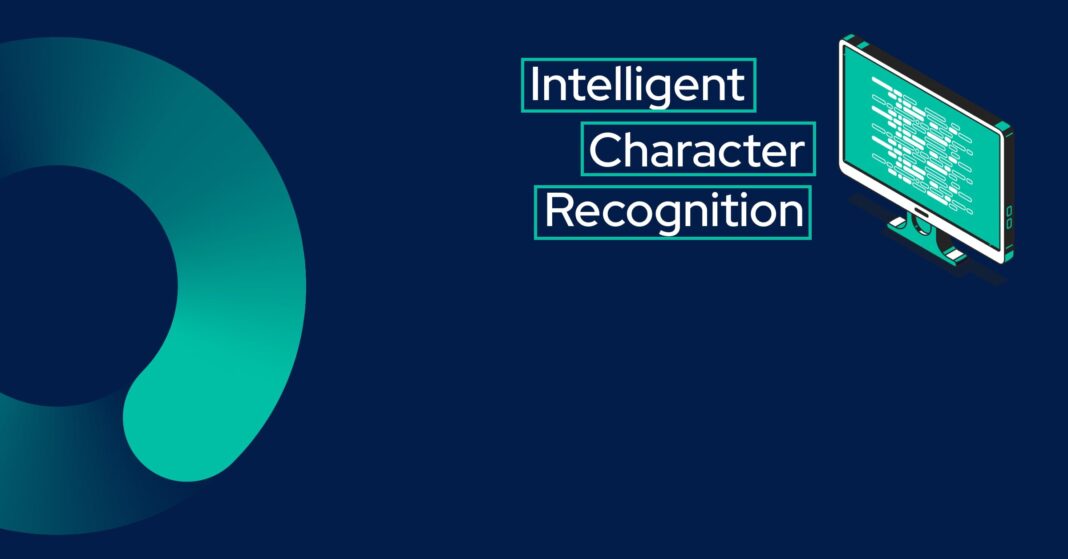ICR, an acronym for Intelligent Character Recognition, is an extended version of Optical Character Recognition. What distinguishes ICR from ORC in that, the former enables the computer systems in learning various handwriting styles and fonts, while the latter has a focus on hand-printed characters.
The Intelligent Character Recognition Software detects handwriting from an image; as opposed to the ORC, which detects printed characters only. However, it is important to mention that the Intelligent Character Recognition software is still in-learning. Nevertheless, it is believed to become better, after overcoming each challenge.
How does an ICR solution work?
An ICR software is usually embedded in a system that takes handwritten documents as input. It then scans the information on the documents and later extracts the data from it.
An ICR entails the following steps when made to use for digital verification in banks:
- The customer from the user-end will display some ID documents in front of the camera. The ICR software would scan the document for information extracting.
- The user may also be asked to upload some handwritten consent notes; however, it may vary from one system to the other.
- The consent note too is scanned and extracted.
- The extracted information is then verified for authentication and the results are sent to the bank in real-time.
Applications of the ICR services
Intelligent Character Recognition technology has the following industrial applications:
- Intelligent Character Recognition technology has been adopted by the Robotic Process Automation (RPA), since the very inception of the ICR.
- For efficiency purposes of workplace operations, ICR is being used in Optical Mark Recognition (OMR).
- ICR is also greatly used in electronic environments with the purpose of achieving maximum data.
- The most common and empowering use of the Intelligent Character Recognition technology is the digital document verification, for the sake of identifying identities online. Also, the handwritten consent notes are verified by the ICR. The most pertaining industries for this use are the banks and financial institutions.
- For the industries, ICR is of great help, when it comes to automation of the manual data entry tasks.
Differences between ICR and OCR
| ICR is a subset of the OCR services technology. | OCR is a processor technology of ICR. |
| ICR is usually for handwriting recognition. | It is mainly used for printed documents. |
| It recognizes various handwriting styles and fonts. | Its ability to recognize different handwriting fonts and styles is limited; and also can’t read complex fonts. |
| ICR is more advanced technology than OCR. | OCR is a little less advanced than the ICR. |
How ICR improves daily life activities and processes
The ICR technology when incorporated comes with the following conveniences:
1. Eliminates the manual tedious tasks.
2. It helps in maintaining the customer experience level to a minimum satisfying level.
3. By making use of the ICR technology, the productivity level is greatly enhanced.
4. Helps in governing the things better and thus enables in making various compliances.
5. The information extracted using the intelligent character recognition technology is believed to be the most accurate.
Automated data extraction
Both, the ORC and the intelligent character recognition technology entail ‘automated data extraction’ process. It eliminates unnecessary time and energy surfed at manual data entry processes. Since it is capable enough of performing data entry tasks, in a much more efficient manner than the human-labor, it saves the cost of recruiting for data entry.
The data extracted, being accurate and error-free, can then be used in some automated data flowing systems. Afterwhich, the businesses can make use of such a data flowing system for predictive modeling over very large sets of data. It subsequently helps to make systems efficient and much optimized.




